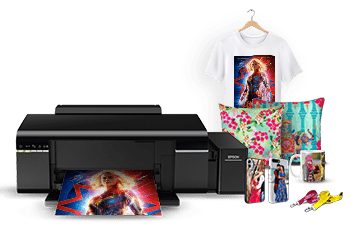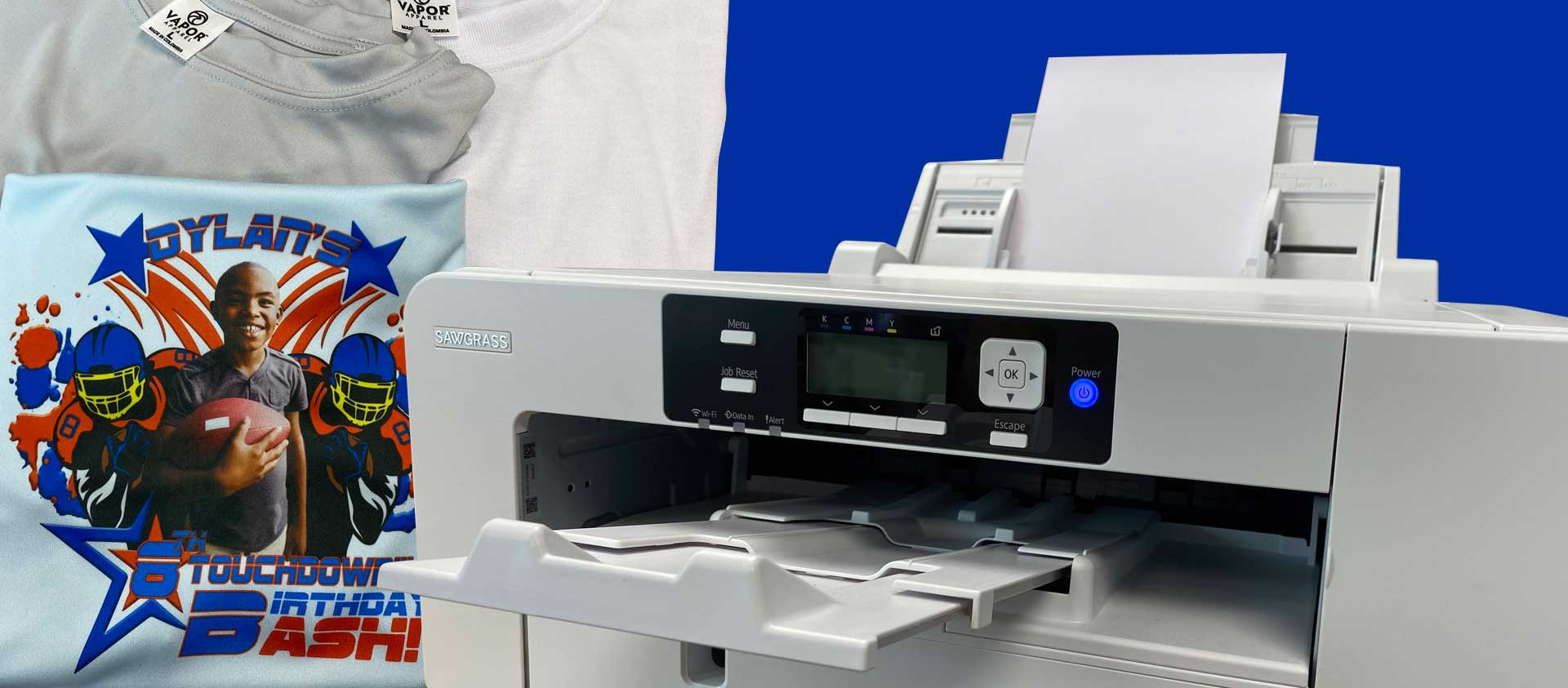Discovering the Benefits of Sublimation Printing for High-Quality Fabrics
Wiki Article
A Comprehensive Overview to the Different Kinds Of Towel Printing Techniques
Getting started on an exploration of fabric printing strategies exposes a remarkable intersection of custom and innovation. Each technique, from the thorough craftsmanship of block printing to the quick efficiency of display printing, offers unique functions and supplies distinct benefits. Digital printing's flexibility and ecological consciousness stand in plain comparison to the speedy personalization of warmth transfer printing. Dye sublimation printing mesmerizes with its capability to produce dynamic, long-lasting layouts on artificial fabrics. To truly understand the nuances and prospective applications of these varied strategies, a deeper investigation is vital.Block Printing
Block Printing, one of the earliest methods of fabric decor, has an abundant background that dates back to old worlds. The procedure entails sculpting detailed layouts into wooden blocks, which are after that dipped in dye and pressed onto material to create patterns.The accuracy and craftsmanship involved in block printing make it a labor-intensive procedure, however it also permits a high degree of customization. Craftsmens can create one-of-a-kind patterns by combining different blocks or differing the application of dye. This flexibility has actually added to the long-lasting popularity of block printing in both conventional and contemporary textile style.
Block printing is especially valued for its aesthetic top qualities, consisting of the slight variants in pattern and color that arise from the hand-printing process. These blemishes lend an one-of-a-kind character to every piece, differentiating it from mass-produced fabrics. In spite of advances in modern printing modern technologies, block printing stays a cherished method, celebrated for its historical value and artistic worth.
Display Printing
Screen printing, one more noticeable textile design strategy, has revolutionized the sector with its efficiency and flexibility. This approach entails creating a stencil, called a display, and using it to apply layers of ink on the printing surface. Each shade in the layout requires a separate display, which permits for intricate and dynamic multi-colored prints.
One of the crucial benefits of screen printing is its adaptability to different sorts of materials, including cotton, polyester, and blends. This method is especially appropriate for large-volume orders because of its cost-effectiveness and speed. The toughness of the prints is an additional substantial advantage, as the ink bonds well with the material, making certain long-lasting designs that withstand multiple washes.
The procedure starts with preparing the screens by finish them with a light-sensitive emulsion. When dried, the layout is moved onto the emulsion-coated display utilizing a UV source of light. The exposed areas harden while the unexposed components are cleaned away, producing a stencil. Ink is then pressed with the stencil onto the fabric using a squeegee.
Screen printing is widely made use of in the apparel industry, advertising items, and customized apparel. Its ability for top notch, comprehensive prints secures its standing as a foundation technique in fabric printing.
Digital Printing
Digital printing has promptly become a sophisticated method in the textile sector, leveraging sophisticated modern technology to create high-resolution designs straight onto fabric. Unlike standard methods, electronic printing employs inkjet printers to down payment pigment or dye-based inks onto textiles, allowing dynamic and elaborate patterns with an exceptional level of detail and color precision.One of the key benefits of digital printing is its adaptability. This method enables on-demand printing, which dramatically reduces waste and decreases stock expenses. In addition, it supports brief runs and personalized layouts, making it ideal for limited-edition collections and bespoke tasks. The elimination of screens and various other configuration needs further boosts effectiveness, lowering production time and labor expenses.
Moreover, digital printing is eco-friendly. Branded clothing. It utilizes water-based inks and needs much less water and power contrasted to standard strategies, straightening with lasting practices. The accuracy of digital printing also permits using a larger variety of materials, including cotton, silk, polyester, and blends, making sure adaptability throughout different applications
Warm Transfer Printing
How does warmth transfer printing change material style? This method has actually brought substantial improvements by enabling intricate and vibrant styles to be transferred onto a selection of materials with exceptional precision. Heat transfer printing entails screen printing utilizing heat and stress to transfer a design from a particularly developed paper onto fabric. This procedure begins with publishing the preferred photo onto transfer paper utilizing specialized inks. Once the photo is printed, the paper is placed onto the textile and subjected to a warmth press, which transfers the ink from the paper to the textile.
One of the key advantages of warm transfer printing is its ability to create high-quality, in-depth images swiftly and efficiently. It is especially fit for tiny production runs and custom orders, making it a prominent selection for customized clothing and promotional items. Furthermore, this strategy is versatile, fitting numerous types of materials consisting of cotton, polyester, and blends.
Additionally, warmth transfer printing is relatively economical contrasted to other methods, as it needs very little arrangement and lower initial investment - heat transfer vinyl printing. This affordability, combined with its capability for creating vivid, long lasting prints, emphasizes its pivotal role in modern material style

Dye Sublimation Printing
Dye sublimation printing, an innovative material printing technique, uses unequaled vibrancy and longevity for styles on different synthetic textiles. The published transfer paper is then placed on the textile, and both are subjected to high warmth and pressure using a warmth press.
Among the essential advantages of color sublimation printing is its capability to produce continuous-tone prints with intricate information and vibrant shades. Unlike other printing approaches, the dye comes to be part of the textile rather than resting on top of it, leading to a soft and breathable surface. This technique is especially effective on polyester and various other synthetic products, making it a popular option for sports apparel, banners, and home textiles. In addition, dye sublimation is eco-friendly, as it needs no water and generates very little waste, straightening with sustainable production techniques.
Conclusion
In recap, towel printing techniques each offer special advantages tailored to various requirements and applications. Block printing is prized for its artisanal top quality, while screen printing is beneficial for high-volume manufacturing. Digital printing supplies versatility and environmental benefits, whereas warm transfer printing is suitable for quick customization. Dye sublimation printing produces dazzling, resilient styles on artificial textiles. The variety and technology within these approaches highlight the vibrant and evolving nature of the cloth printing industry.Each approach, from the thorough workmanship of block printing to the quick performance of display printing, serves distinct purposes and offers distinctive advantages. Digital printing's flexibility and ecological consciousness stand in stark comparison to the speedy personalization of warm transfer printing. Despite advances in modern-day printing modern technologies, obstruct printing remains a cherished strategy, commemorated for its historical significance and imaginative worth.
Dye sublimation printing, an advanced fabric printing strategy, uses unrivaled vibrancy and longevity for layouts on different synthetic textiles. Digital printing offers versatility and ecological benefits, whereas warmth transfer printing is optimal for rapid modification.
Report this wiki page